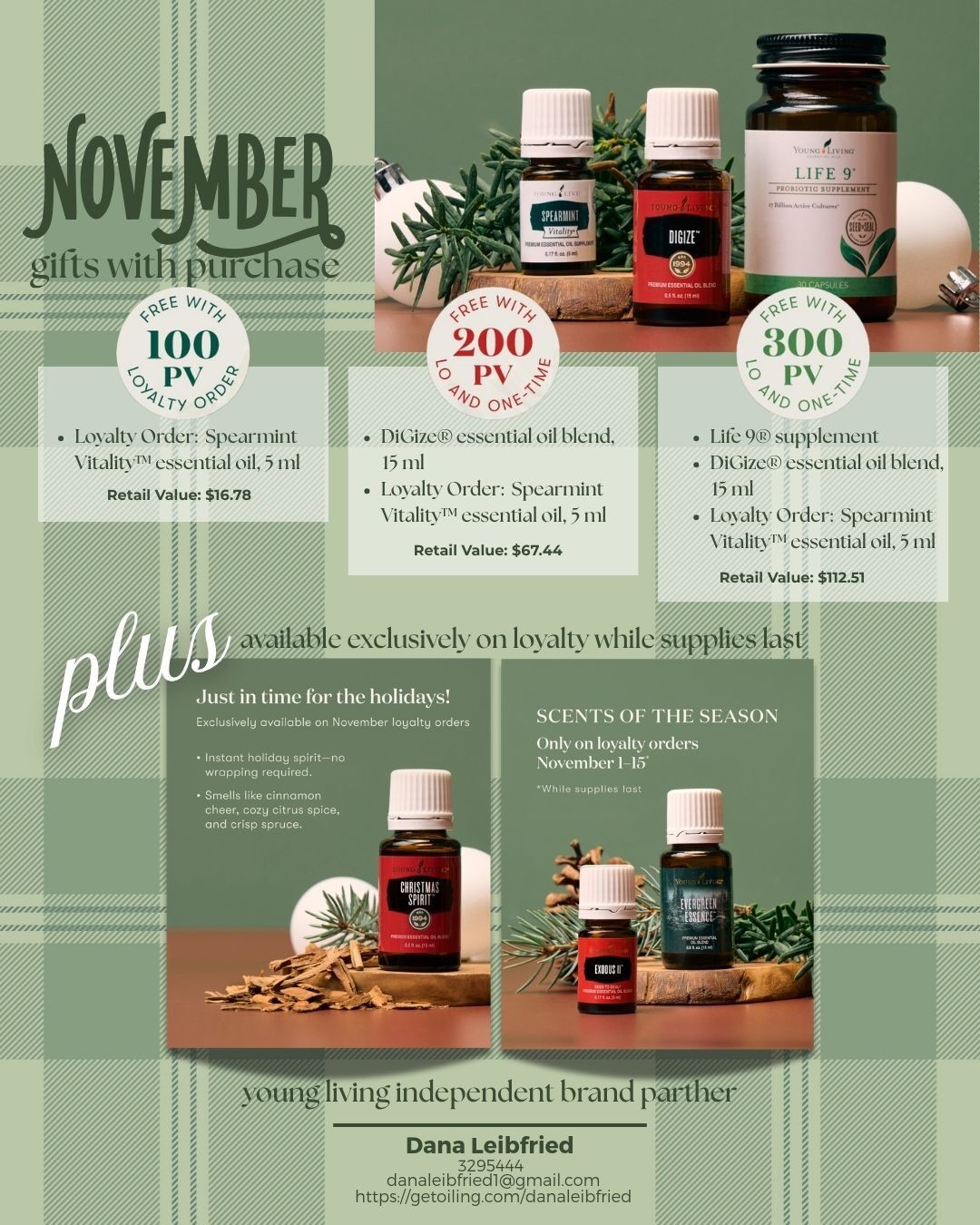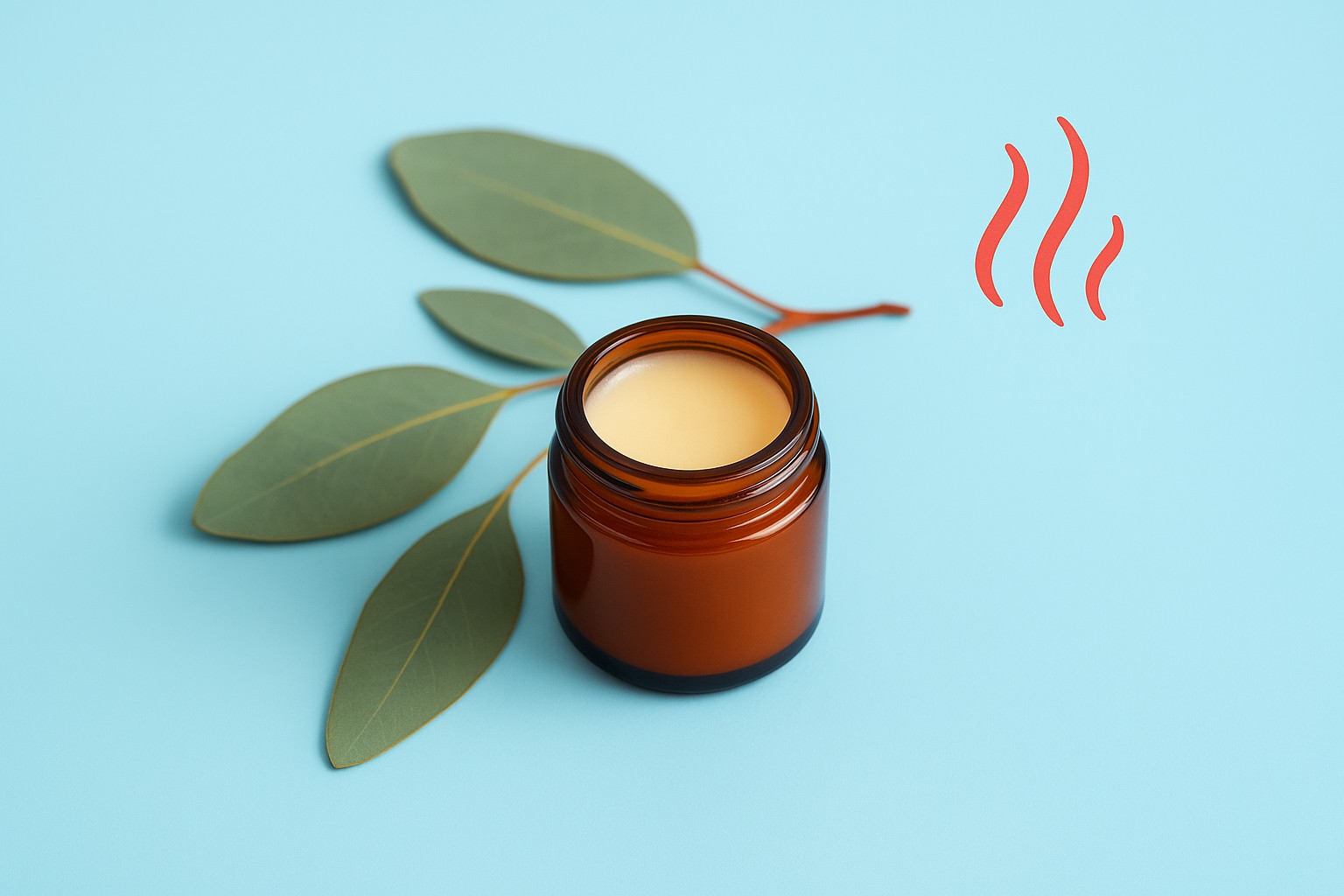
I really can't wait for my Essential Rewards order to show up to try a few of the new Young Living Savvy Minerals make up line!! Below are some interesting facts on make up you might be using now:
Toxins in Makeup:
The average woman puts over 500 chemicals per day on her body. It is believed that our skin absorbs 60-70% of any topical products we use. Why not give your makeup a makeover and swap them out for their non-toxic counterparts? We encourage you to run your current cosmetics through the EWG's Skin Deep Database or the Think Dirty App and see where they rank.
Let's learn about six common toxic substances that are found in most commercial cosmetics. Chances are, these things are in your makeup bag right now!
- First up, PARABENS (METYL, PROPYL, ETHYL, BUTYL): Parabens are chemicals that have been used since the 1950s to prevent bacteria and act as a preservative in deodorants, lotions, lipsticks, shampoos, scrubs, and more. Parabens can mimic estrogen and act as potential hormone (endocrine) system disruptors in the body’s cells. Parabens have been found present in breast tumors and are possibly linked to breast cancer.
- Second, let's talk about TALC: Talc is a mineral substance made up of mainly magnesium, silicon and oxygen used in a variety of cosmetic and personal care products such as baby powder, body and shower products, lotions, feminine hygiene products, eyeshadow, foundation, lipstick, deodorants and face masks. Some talc may contain the known carcinogen asbestos, therefore it should be avoided in powders and other personal care products.
- Third, let's discuss BISMUTH: Bismuth Oxychloride is a naturally occurring heavy element found in nickel, tin and silver that’s primarily used to manufacture metal by-products. It’s used in cosmetics because it has a distinct shimmery, pearlescent appearance and a fine white powder texture that adheres well to the skin. Many cosmetic companies use bismuth because it hides flaws, adds a radiant glow to the face and is a dirt-cheap filler! It also has binding qualities, so the make-up will “stick” to your skin and last all day. What may surprise you even more is that bismuth resembles arsenic chemically, yet it is commonly found in many cosmetics. Many women will experience itchiness when wearing products containing bismuth, most noticeably when they sweat. This can often lead to nasty rashes and severe acne. Also, we can’t forget Bismuth is also akin to arsenic. If you’ve been wearing mineral makeup, you may be experiencing irritation or breakouts due to the Bismuth in this makeup!
- LEAD - SERIOUSLY?!:Lead is a naturally occurring element found in small amounts in the earth's crust. Although it is natural, it’s NOT SAFE for human consumption. Lead is a known carcinogen (meaning it causes cancer). It can be in your cosmetics and personal care products and DOESN'T EVEN HAVE TO BE LISTED ON THE LABEL. That is because it's not an ingredient, but rather a contaminant. The FDA has determined a "healthy lead contamination level" is acceptable in cosmetics and personal care products. Isn't that nice? Except when you apply those products every day, several times per day. On the FDA's website it states that 99% OF ALL COSMETICS CONTAIN LEAD! (This is where you go throw out your entire makeup bag.)
- Now on to MERCURY: Mercury is poison. It is a known toxin. Although Mercury is a natural element found in the earth’s crust (often in regions with volcanic activity) its natural status doesn’t mean it’s safe. Repeated or serious exposure to mercury can severely damage the nervous system including psychotic reactions, hallucinations, suicidal tendencies and delirium. Mercury exposure can also lead to violent muscular spasms, nervousness, irritability, tremors, weakness, fatigue, memory loss, changes in vision, hearing, or taste, vomiting, diarrhea, kidney damage and even death. When it enters the body, it is stored in the kidneys, blood, spleen, brain, liver, bones and fatty tissues. Mercury is terrible for anyone but it is especially dangerous for pregnant or nursing women. Breast milk can become contaminated and in utero exposure to mercury has been attributed to an increase in neural tube defects.
- And last but not least, MINERAL OIL: Mineral Oil (also called “liquid petroleum”) is any of various colorless, odorless, light mixtures of higher alkanes from a mineral source, particularly a distillate of petroleum. Most often, mineral oil is a liquid by-product of refining crude oil to make gasoline and other petroleum products. Mineral oil is a common ingredient in baby lotions, cold creams, ointments and cosmetics. Researchers stated, “There is strong evidence that Mineral Oil hydrocarbons are the greatest contaminant of the human body.”
Want to learn more about why I chose to use the new YL Savvy Mineral line? Want to learn more about the new make up line? Take a look at this link it is full of wonderful information https://docs.google.com/document/d/1hjvTRqxJU9fAgA5oyVdACASbvktTmRndNTR1VZdJZQw/mobilebasic








0 Comments